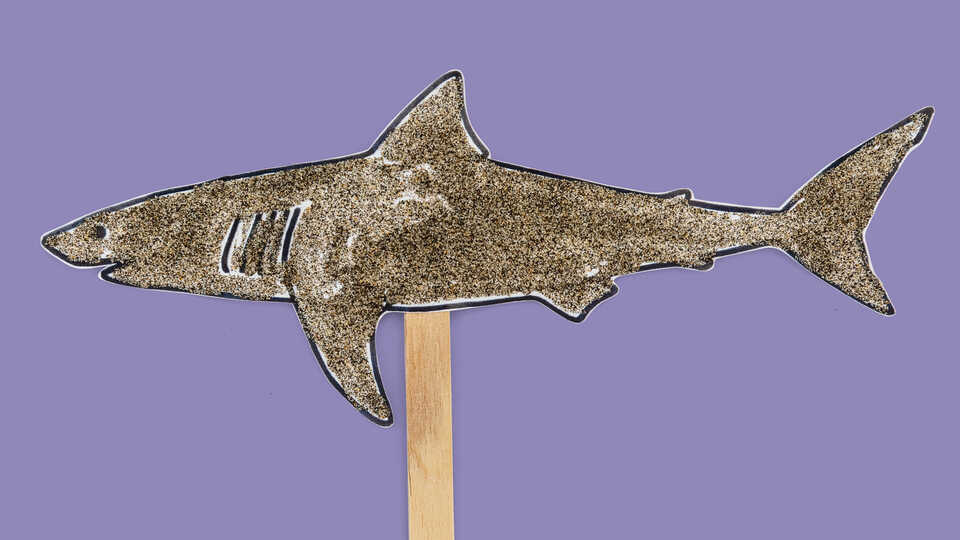
At the Academy, shark week is every week! Celebrate the most jawsome fish in the sea with a variety of exciting activities for kids ages 4-8.
A group of sharks is called a shiver—but there’s no reason to be afraid of these awe-inspiring animals. Sink your teeth into the fascinating world of sharks and rays and explore an appetizing assortment of guided videos, crafts, interactive programs, and activities.
(Please note: While Science @ Home activities are designed to be conducted by kids, some little ones might need adult help with reading instructions and preparing crafts.)
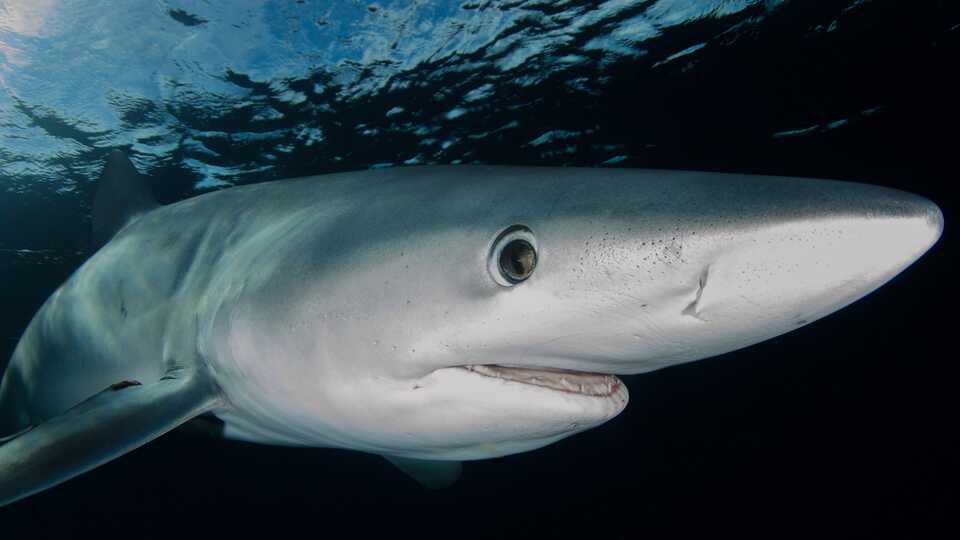
Day 1: Fishy sharks
There’s something fishy about sharks…because they are fish! Discover what sharks and fish have in common through a guessing game, build-a-fish craft, and more. (30-45 minutes)
What makes a shark a shark? Learn about the fascinating features of a shark’s body with a friendly puppet pal.
Fish come in many different shapes, sizes and colors, but most have a few things in common, like scales, eyes, fins, a mouth, gill slits, and a backbone. In this activity, guess which is the fish!
Transform a ball of craft putty, sculpting clay, or homemade play dough into your very own fish.
Take a behind-the-scenes look at the Academy's pyjama sharks as they are fed and trained. Then, watch as they meet their new roommates…the African penguins!
While you watch this video, think about the three questions below. Share your answers with a friend or family member or just think in your head.
- What do you notice about how the pyjama sharks move and swim? Try moving your body like a pyjama shark by copying their movements.
- Do you have a pet at home? How do you think it knows where to find its food?
- What did you notice the penguin and the shark do when they see each other for the first time? What do you imagine they might be thinking?
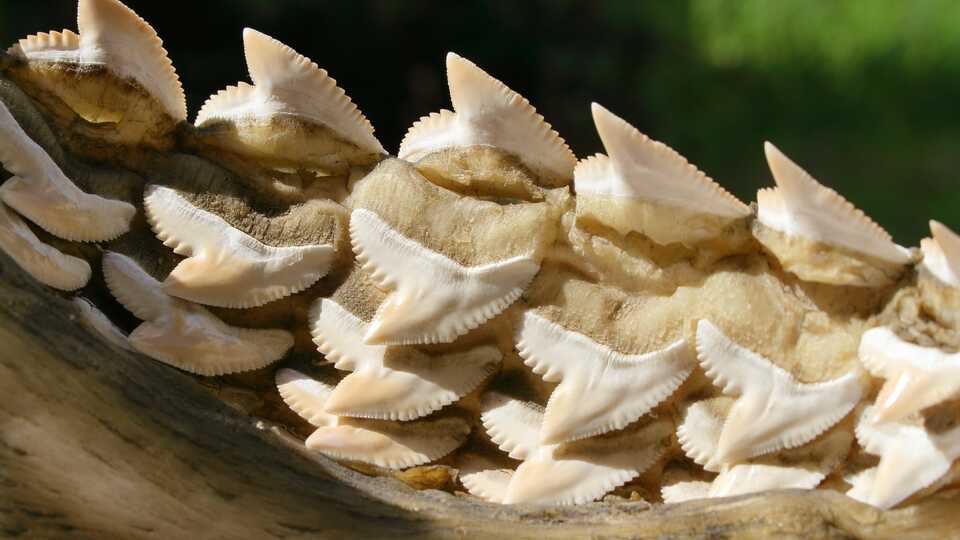
Day 2: Toothy sharks
All living things have to eat—and a shark’s no different. By having the right-shaped teeth, they can eat their favorite foods with ease. Today, learn about shark teeth, make a shark tooth necklace, and more. (30-45 minutes)
Which shark has the most impressive chompers? Compare the teeth and jaws of modern and ancient sharks with Academy educator Louise.
Different types of sharks have different types of teeth. Some sharks have big teeth, some have small teeth. Some sharks have teeth that are thin and pointy while other sharks have teeth that are short and curved. In this craft, you decide the shape and size for your replica shark tooth and then turn it into a necklace.
Join Academy volunteer Anne in an exploration of all the different ways sharks eat, from big toothy bites to swallowing small krill.
The great white shark (Carcharodon carcharias) may be the largest predatory fish on Earth. Its streamlined body shape and powerful tail fin help it chase after prey. Print and color this familiar shark with a toothy smile.
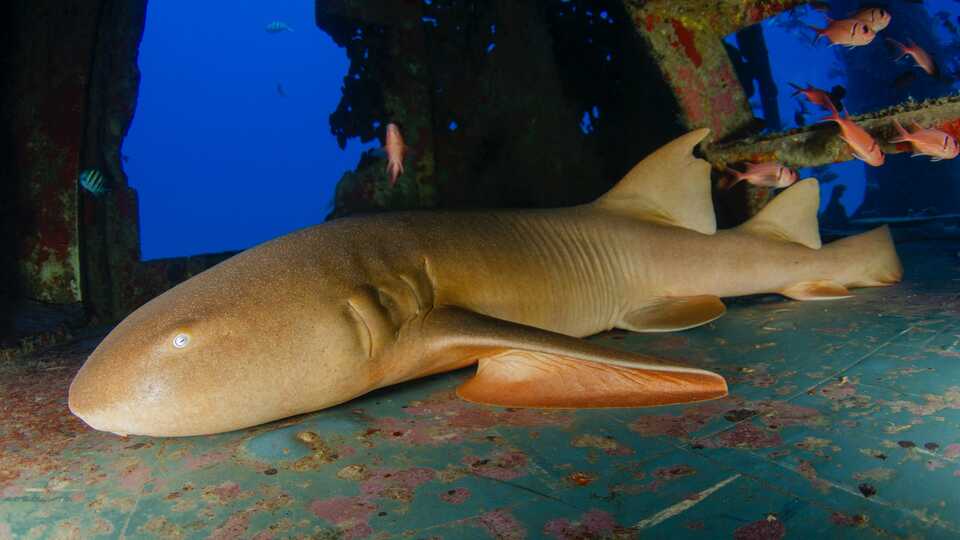
Day 3: Fin-credible sharks
Sharks have cruised the seas for over 450 million years and evolved into more than 500 different species. Explore the uniqueness of sharks with a sound journey, sandpaper craft, and more. (30-45 minutes)
Sharks are one of the ocean’s most important predators. Meditate along with an imaginary narration from a shark’s point of view as it cruises through the ocean.
After you listen, think about the four questions below. Share your answers with a friend or family member, or just think in your head.
- What did you like most about being a shark?
- What is your wish for the shark?
- Take a piece of paper and some crayons, markers, or colored pencils, and draw what you saw on your shark journey. What did your shark look like? Where did it live? What did it eat? Write your wish for your shark on your drawing.
- Share your drawing and your wish for your shark with us! Send it to scienceathome@calacademy.org.
Have you ever wondered how a shark’s scales feel? Sharks have specialized scales called dermal denticles that help them swim more efficiently and quietly through the water. But they sure aren’t soft! Make your own shark and learn about how this adaptation helps sharks be successful in their ocean habitat.
Where do baby sharks come from? Find out with Academy volunteer Shreya.
Color three very different sharks: a whale shark (Rhincodon typus), basking shark (Cetorhinus maximus), and hammerhead shark (Sphyrna spp.) Feeling inspired? Draw or color their ocean habitat as well.
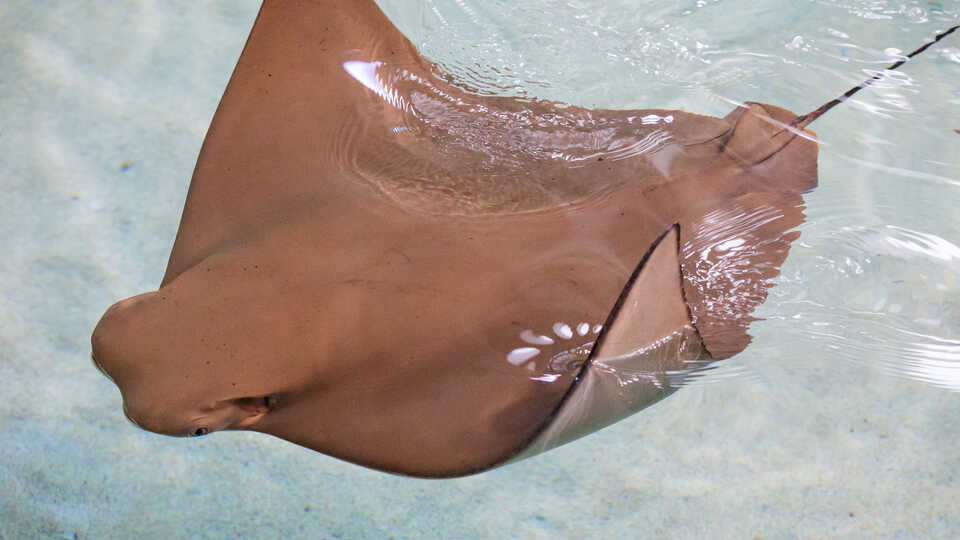
Day 4: Cousin Ray
They may look very different, but rays are actually closely related to sharks. Celebrate rays with four fun activities. Hip, hip, hooray! (30-45 minutes)
The Reef Lagoon habitat at the Academy is home to several species of graceful rays and tropical fish. Watch the animal action anytime on our webcam.
While you watch this video, think about the three questions below. Share your answers with a friend or family member or just think in your head.
- How would you describe the shape of the ray’s body?
- As you watch the rays swim, what do you notice about the way they move and swim? Try moving your body like a ray by copying their movements.
- What other animals do you see swimming in the lagoon with the rays?
Print and color a lush lagoon scene featuring six fishy characters.
Welcome to the splash zone! See how Academy biologists take care of our rays through training and enrichment. To learn more, read this article.
While you watch this video, think about the three questions below. Share your answers with a friend or family member or just think in your head.
- Have you ever had a pet? What did you do to take care of it?
- When the rays swim to the biologist’s hand, they are rewarded with a treat, like a small, tasty fish. What type of treats do you like to eat?
- Watch as the rays suck the food off of the biologist’s hand. What do you think it would feel like to have a ray eating out of your hand?
Some rays have patterns that help them blend in to the sandy bottom, others have beautiful bright blue spots. In this craft, you will create a ray and rub a textured pattern onto its back.
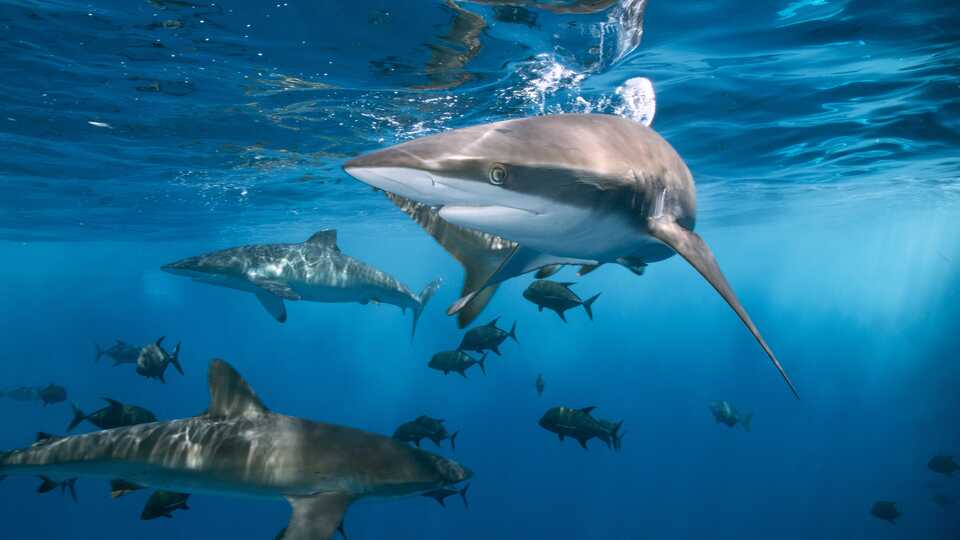
Kid & caregiver extension activities
Sharks are powerful predators—but they're no match for humans. It will take compassion, understanding, and action by kids and adults alike to protect vulnerable sharks.
Researchers are getting to know a population of spotted eagle rays (Aetobatus narinari) in Florida in order to protect them. Read this article to learn more.
While you watch this video with your parent or another adult, think about the three questions below. Then, share and discuss your thoughts after watching the video.
- What tools or technologies do you notice the researchers using to study the rays?
- What are the researchers trying to learn about the spotted eagle rays?
- What are some threats to spotted eagle rays?
In 2011, the Academy was instrumental in passing AB 376, a bill that would make the purchase, sale, trade, or possession of shark fins in California illegal.
If you eat seafood, you can make smart choices when buying it to protect sharks and other at-risk ocean animals. Download Monterey Bay Aquarium's Seafood Watch guide to shop and order sustainably.